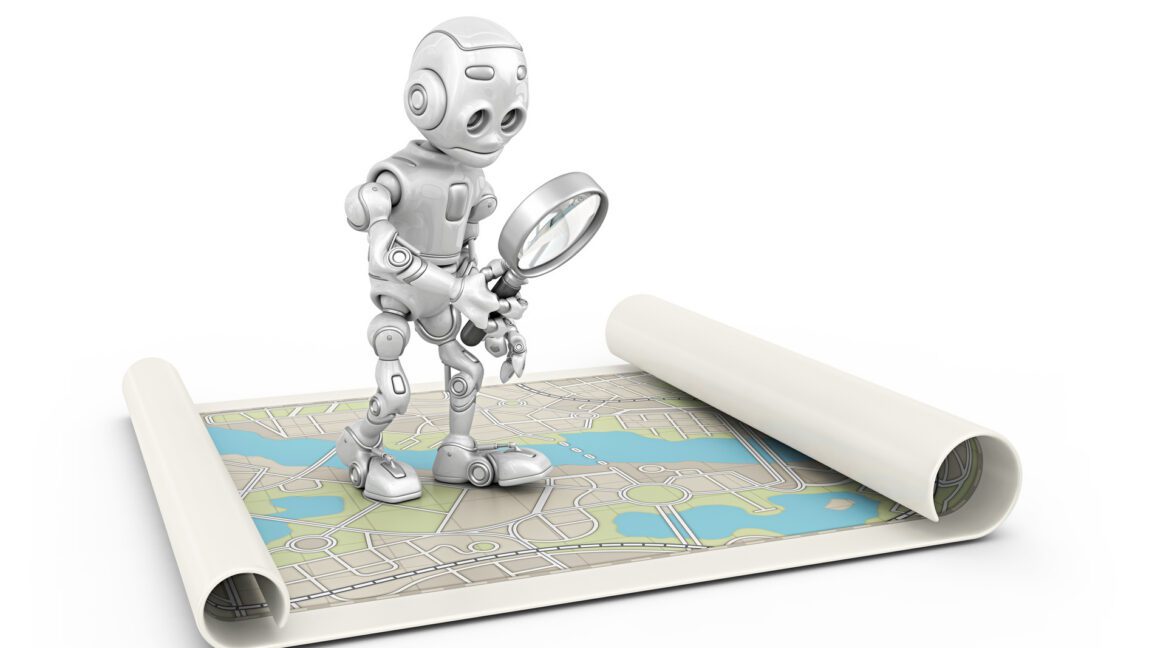Sean Fitzpatrick, the CEO of LexisNexis, emphasizes that the era of AI in the legal field is already upon us, fundamentally transforming how lawyers operate.
LexisNexis: A Pillar of the Legal Profession
LexisNexis has long been a cornerstone of the legal profession, serving as an essential resource for legal research and case law. For many years, it was the go-to platform for law students and practicing attorneys alike, providing access to a vast database of legal information. Fitzpatrick describes LexisNexis as an “AI-powered provider of information, analytics, and drafting solutions” tailored for lawyers working in law firms, corporations, and government entities.
Historically, LexisNexis was primarily known for its research capabilities. However, the company has undergone a significant transformation, particularly with the launch of its Lexis+ product in 2020 and the subsequent introduction of Lexis+ AI in 2023. This evolution reflects a broader trend in the legal industry, where technology is increasingly integrated into everyday practices.
The Shift Toward AI
Fitzpatrick notes that the shift toward AI was a natural evolution driven by advancements in technology. “As technology has evolved, it’s opened up new avenues of things we can do,” he explains. LexisNexis has adapted to these changes by not only enhancing its research capabilities but also by offering tools that assist in drafting legal documents and providing analytics.
This transition is particularly significant as it raises questions about the future of legal practice. With AI tools like Protégé, LexisNexis aims to help lawyers draft legal documents and motions, a task traditionally performed by junior associates. This shift could potentially disrupt the traditional apprenticeship model in the legal profession, where junior lawyers learn the craft through hands-on experience.
The Implications of AI in Legal Practice
One of the most pressing concerns surrounding the integration of AI in legal practice is its impact on the profession itself. If AI tools can perform tasks that junior associates typically handle, how will these young lawyers develop their skills? Fitzpatrick acknowledges this challenge, stating, “If AI is doing all the legal research and writing you’d normally have junior associates doing, how will those junior associates learn the craft?”
Moreover, the reliance on AI raises questions about the quality and reliability of legal work. There have been numerous reports of lawyers facing sanctions for submitting briefs that included fabricated case citations generated by AI tools. Fitzpatrick warns that it is only a matter of time before an attorney loses their license due to the careless use of AI, highlighting the need for accuracy and accountability in legal AI solutions.
Accuracy and Trustworthiness
LexisNexis is making a bold promise with its Protégé AI tool: accuracy. Fitzpatrick emphasizes that everything Protégé produces will be based on real law, making it more trustworthy than general-purpose AI tools. To ensure this level of accuracy, LexisNexis has invested in hiring more lawyers to review the AI-generated work than he initially expected. This commitment to quality aims to mitigate the risks associated with AI-generated legal content.
Fitzpatrick explains that the company’s AI tools are designed to be courtroom-grade solutions. “Our system is backed by 160 billion documents and records,” he states, underscoring the extensive database that supports the AI’s outputs. This curated collection serves as grounding data, ensuring that the AI does not generate fabricated legal information.
Challenges of Implementing AI in Law
Despite the promise of AI, Fitzpatrick acknowledges the challenges that come with its implementation in the legal field. The legal system is inherently complex and non-deterministic, making it difficult to apply AI solutions effectively. “You can’t just put information into a computer and get an answer out,” he notes. “If that were the case, we wouldn’t need a court system.”
AI models are probabilistic, meaning they generate responses based on patterns rather than definitive answers. This characteristic poses a significant risk in legal contexts, where the stakes are high, and accuracy is paramount. Fitzpatrick emphasizes that the legal standard requires authoritative content, which consumer-grade AI models often fail to provide.
Addressing Privacy and Transparency
Another critical aspect of legal AI is privacy. The attorney-client privilege is a cornerstone of the legal profession, and any AI tool used must adhere to strict privacy requirements. Fitzpatrick points out that consumer-grade models lack the level of privacy and security necessary for legal work. LexisNexis aims to address these concerns by providing a platform that ensures confidentiality and transparency.
Transparency is vital in legal AI applications. Fitzpatrick explains that LexisNexis opens up the “black box” of AI, allowing attorneys to see the logic behind the AI’s outputs. This feature enables lawyers to modify the AI’s suggestions, ensuring that the final product aligns with their legal strategy. However, Fitzpatrick acknowledges that the law is not deterministic, and various factors influence legal outcomes. This complexity necessitates a legal-driven system that is purpose-built for courtroom environments.
The Future of Legal Education and Practice
The integration of AI into legal practice raises important questions about the future of legal education and the profession as a whole. Fitzpatrick recognizes that the traditional apprenticeship model may need to adapt to accommodate the changes brought about by AI. “Firms are going to struggle with that,” he admits, noting that the role of junior associates may evolve as AI takes on more responsibilities.
As AI tools become more prevalent, there is a risk that junior lawyers may miss out on essential learning experiences. Fitzpatrick suggests that while AI can enhance efficiency, it is crucial for firms to find ways to maintain a pipeline of skilled attorneys. “How is that ever going to happen now in this new world?” he asks, reflecting on the challenges facing the legal profession.
Balancing Efficiency and Skill Development
While AI can streamline certain tasks, it is essential to strike a balance between efficiency and skill development. Fitzpatrick argues that AI should augment, rather than replace, the work of lawyers. For example, when preparing for a deposition, a lawyer can use AI to generate a list of questions based on the specifics of a case. This process can save time and enhance the quality of the questions asked.
However, Fitzpatrick acknowledges that the reliance on AI may lead to complacency among lawyers. “We’re making it easier to look at this stuff. We’re making it faster to do the research,” he notes. The challenge lies in ensuring that lawyers remain engaged in the critical thinking process that is fundamental to legal practice.
Conclusion: Navigating the AI Landscape
The legal profession is at a crossroads, with AI tools like LexisNexis’s Protégé poised to reshape how lawyers conduct research and draft documents. While the promise of increased efficiency and accuracy is enticing, the implications for the profession are profound. As Fitzpatrick highlights, the integration of AI raises essential questions about skill development, accountability, and the future of legal practice.
As the legal industry grapples with these challenges, it will be crucial for firms to adapt their training models and ensure that the next generation of lawyers is equipped with the skills necessary to navigate an increasingly complex legal landscape. The era of AI in law is here, and how the profession responds will determine its future trajectory.
Source: Original report
Was this helpful?
Last Modified: October 28, 2025 at 12:37 am
2 views















